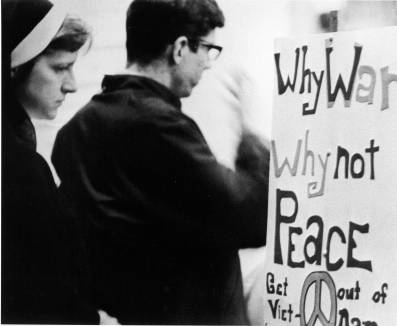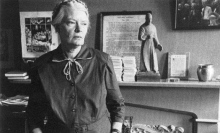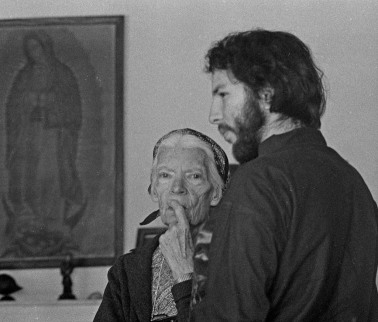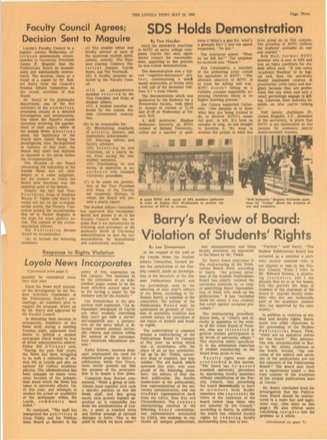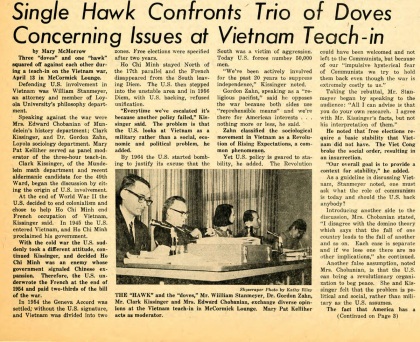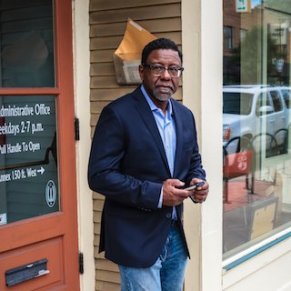Wow – I can’t believe it’s been over two weeks since my last blog post! As you can imagine, a lot has happened in the Ramonat Seminar during my brief hiatus. We embarked on an unforgettable journey to northern Missouri to visit and participate in a Catholic Worker farm, and we listened to a colorful story about American Jesuits by our first guest speaker, Dr. John T. McGreevy of the University of Notre Dame. I am excited to share with you all my experiences below!
My classmates and I, and our instructors, journeyed to rural La Plata, Missouri during the first weekend of October to pay a visit to a special farm in the vast network of the Catholic Worker movement. White Rose Catholic Worker Farm, managed by John Bambrick and his wife Regina, developed out of a house of hospitality in West Rogers Park by the same name. A few years ago John and Regina felt a certain vocation to the farmland in Missouri in pursuit of a simpler lifestyle and to escape the modern luxuries (i.e., cell phones and plumbing). They also envisioned, and still do, a society of communal and sustainable living, by which John and Regina promote through social activism, interpretation of Biblical scripture and theology, and invitations to women and men of all ages to experience the farm.
My professors were serious about the lack of electricity. When we first arrived on Friday night, my peers and I heavily relied on head lamps, flashlights, and our senses during our brief strolls. And to mimic the Bambricks’ lifestyle, we turned off our phones to be in connection with one another and with the land. I should preface this reflection by saying that this weekend was a lot of firsts for me. Many of my friends and family members will tell you that I am not one to indulge myself in any outdoor activities, or really anything nature-related. I slept in a tent for the very first time. I also willingly participated in farm chores, specifically: raking up hay to be used as an odor control for the Bambricks’ compost; I cannot thank my co-raker, Emily, enough for her support and hilarity during this episode. I even branched out of my sleeping habits and napped on a bale of hay. As a sustainable community, Regina cooked our meals – with assistance from some of my peers – using ingredients from the crops grown at White Rose. Any leftover food was either stored for future meals or composted. We mainly ate vegetarian meals, and probably the healthiest meals I will ever eat. Our two nights were laden with coyote howls, informal discussion by candlelight, and the occasional human scream at the sight of a daddy-long-leg.
Though I was hesitant at first about embarking on this trip to Missouri, I tried to keep an open mind throughout the weekend. I participated on an Alternative Break Immersion during my freshman year, and witnessed and served the poor in Rutledge, Tennessee. I did not expect the same service aspect or experiences to occur at the White Rose Catholic Worker. I understood that the mission of this place was to fulfill that agrarian and egalitarian vision of Dorothy Day and Peter Maurin. My past experience on that service trip to Tennessee prepared me to comply with the Bambricks’ principled lifestyle. While I am not physically-attuned nor am I nature-oriented, I felt a duty to participate in farm chores for the exchange of shelter and food; John referred to this trade as a gift economy. I feel that this experience has brought my peers and I to a whole new level of understanding and respect for each other. Between our travel time and work on the farm, I was able to learn more about my peers’ motives for taking this course and their personal identities. I am excited to see what the future holds for my peers and I as we continue to grow in the Ramonat Seminar.


Emily and I raking up hay to be used for the compost (top); My peers, Professor Nickerson, and I pose in front the White Rose Catholic Worker workshop (bottom).
The Catholic Worker goals of the 1930s and the goals of today’s movement don’t seem to be far-fetched from each other. Peter Maurin envisioned agronomical universities, or farming communes, as an affiliate to the houses of hospitality in urban settings. Dorothy Day and Maurin’s idealism of building a new society within the current one continues to inspire the Catholic Worker movement, which was absolutely identifiable in the Bambricks’ philosophy. John and Regina, both highly educated, seek to convey the Catholic Worker ideology on their farm in La Plata, Missouri. Though fairly new, their farm has acted as a place of shelter for those in need and has hosted round-table discussions to address some of the world’s contentious issues, such as climate change. The Bambricks were clear in their convictions for creating a healthier world, especially for their young daughter: denouncing luxuries (i.e., cell phones) that I view as necessities, eating solely organic food, and advocating for justice and peace.

Another great shot of me doing manual labor.
(Courtesy of Amelia Serafine)
Our first guest speaker, Dr. John T. McGreevy, unfolded the Jesuits’ significant role in globalizing Roman Catholicism in the late-nineteenth and early-twentieth centuries. He referred to his new book, American Jesuits and the World: How an Embattled Religious Order Made Modern Catholicism Global, during his lecture to focus on the effects of American Jesuits in the Philippines after the Spanish-American War of 1898. Upon reading McGreevy’s book and listening to him speak, it became more apparent that the Society of Jesus, the order of priests responsible for the onset of Loyola University Chicago, were unpopular figures in the Roman Catholic Church. However, this did not come to much surprise for me. As I understand, the Jesuits have a seemingly more progressive doctrine than the traditional dogma of the Church. Though their motto of “women and men for others” seems to be a mighty Christian action, the Church’s commanders as well as some other historical figures (i.e., Thomas Jefferson) felt undermined. The Jesuits’ evangelical mission in the Philippines succeeded in producing one of the most Catholic nations in the world. Their effort to bring about the English language and American customs not only aided in the expansion of Roman Catholicism but also welcomed the prospects of trade and exchange of ideas to a former Spanish protectorate.
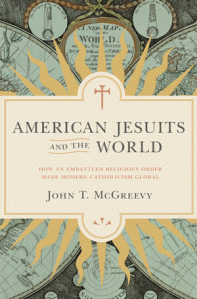
Dr. John T. McGreevy’s recently published book, ‘American Jesuits’.
Dorothy Day and Peter Maurin’s movement sought to create a sustainable world within the old, and to create a crusade on behalf of the marginalized. The Jesuits had similar goals in mind on their globalizing effort. This order of priests believed that an evangelized world might be more ethically-inclined to provide a safe haven for those at the edge of society, and the inclusivity of different ideologies. I find this still to be true today, especially as a student at a Jesuit institution of higher learning. Each of my courses, both past and present, have explored social justice in a respective discipline that I believe Day, Maurin, and even St. Ignatius of Loyola might find desirable. The Catholic Worker movement and the Society of Jesus have intersecting values that seem to find a solution for the betterment of our world.
Thanks for reading!
Peace,
Matt
—
For more pictures from out trip to White Rose Catholic Worker, click here!
